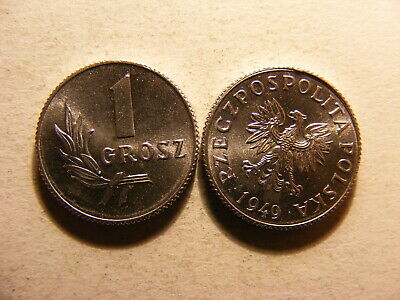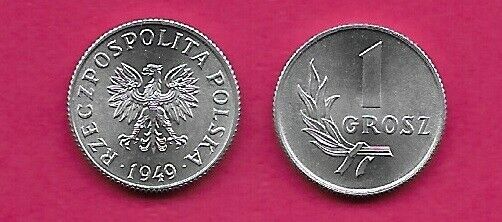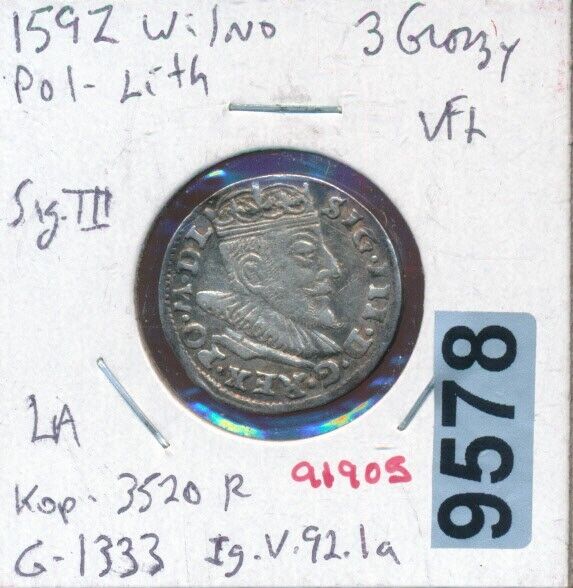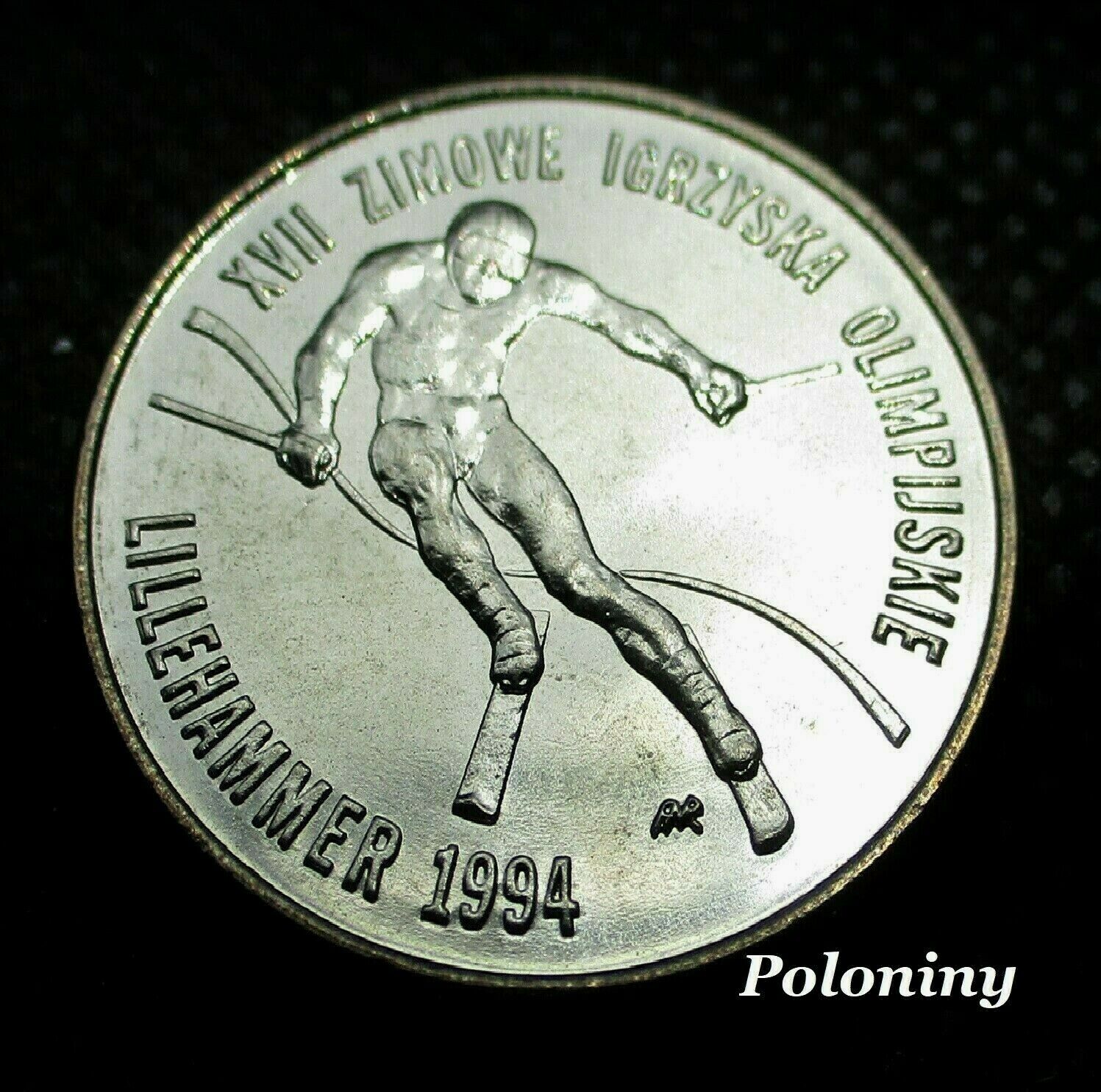-40%
1615, Danzig, Sigismund III Vasa. Silver 1/4 Thaler (Ort/10 Gr.) Coin. NGC AU50!
$ 354.1
- Description
- Size Guide
Description
CoinWorldTV1615, Danzig, Sigismund III Vasa. Silver 1/4 Thaler (
Ort
/ 10 Groszy) Coin. NGC AU-50!
Mint Year: 1615
Mint Place: Danzig
Denomination: Ort (1/4 Thaler - 10 Groszy)
Reference: Kopick 7488 (
R2!
), KM-6.
R!
Condition:
Certified and graded by NGC as AU-50!
Diameter: 29mm
Weight: 6.29gm
Material: Silver
Obverse:
Crowned, armored half bust of Sigismund III right.
Legend: . SIGIS . 3I . D . G . REX . POL . M . D . L . R . PR .
Reverse:
Cross-topped coat-of-arms of Danzig, supported by two lions. Date (1615) in legend.
Legend: * MONETA . CIVIT . GEDANENSIS . 1615 *
Gdansk
(German:
Danzig
) is the city at the centre of the fourth-largest metropolitan area in Poland. It is Poland's principal seaport as well as the capital of the Pomeranian Voivodeship. It is also historically the largest city of the Kashubian region.
The city's name is thought to originate from the Gdania river, the original name of the Motlawa branch on which the city is situated. Gdansk and Gdania are considered to be derivations from the Gothic name of the area (Gutiskandja), however this has also been questioned.
Authenticity unconditionally guaranteeed.
Bid with confidence!
Sigismund III Vasa
(Polish:
Zygmunt III Waza
) (20 June 1566 – 30 April 1632 N.S.) was Grand Duke of Lithuania and King of Polish Crown, a monarch of joined Polish-Lithuanian Commonwealth from 1587 to 1632, and King of Sweden (where he was known simply as
Sigismund
) from 1592 until he was deposed in 1599. He was the son of King John III of Sweden and his first wife, Catherine Jagellonica of Poland. He was the last ruler of Polish-Lithuanian Commonwealth bearing a dynastical blood of House of Gediminas and a branch of it Jagiellons, although from female line. Sigismund owed allegiance to the Imperial Habsburgs as a member of the Order of the Golden Fleece.
Elected to the throne of the Polish-Lithuanian Commonwealth, Sigismund sought to create a personal union between the Commonwealth and Sweden (Polish-Swedish union), and succeeded for a time in 1592. After he had been deposed in 1595 from the Swedish throne by his uncle, Charles IX of Sweden and a meeting of the Riksens ständer (
Swedish Riksdag
), he spent much of the rest of his life attempting to reclaim it.
Sigismund remains a highly controversial figure in Poland. His long reign coincidenced with the apex of the Polish-Lithuanian Commonwealth's prestige, power and economic influence. On the other hand, it was also during his reign that the symptoms of decline that led to the Commonwealth's future demise surfaced. Common views, influenced by popular books of Pawel Jasienica, tend to present Sigismund as the main factor responsible for initiating these negative processes, while academic historians usually are not that condemning. However, the question whether the Commonwealth's decline was caused by Sigismund's own decisions or its roots were in historical processes beyond his personal control, remains a highly debated topic.
He was commemorated in Warsaw with Zygmunt's Column, commissioned by his son and successor, Wladyslaw IV.
Only 1$ shipping for each additional item purchased!












